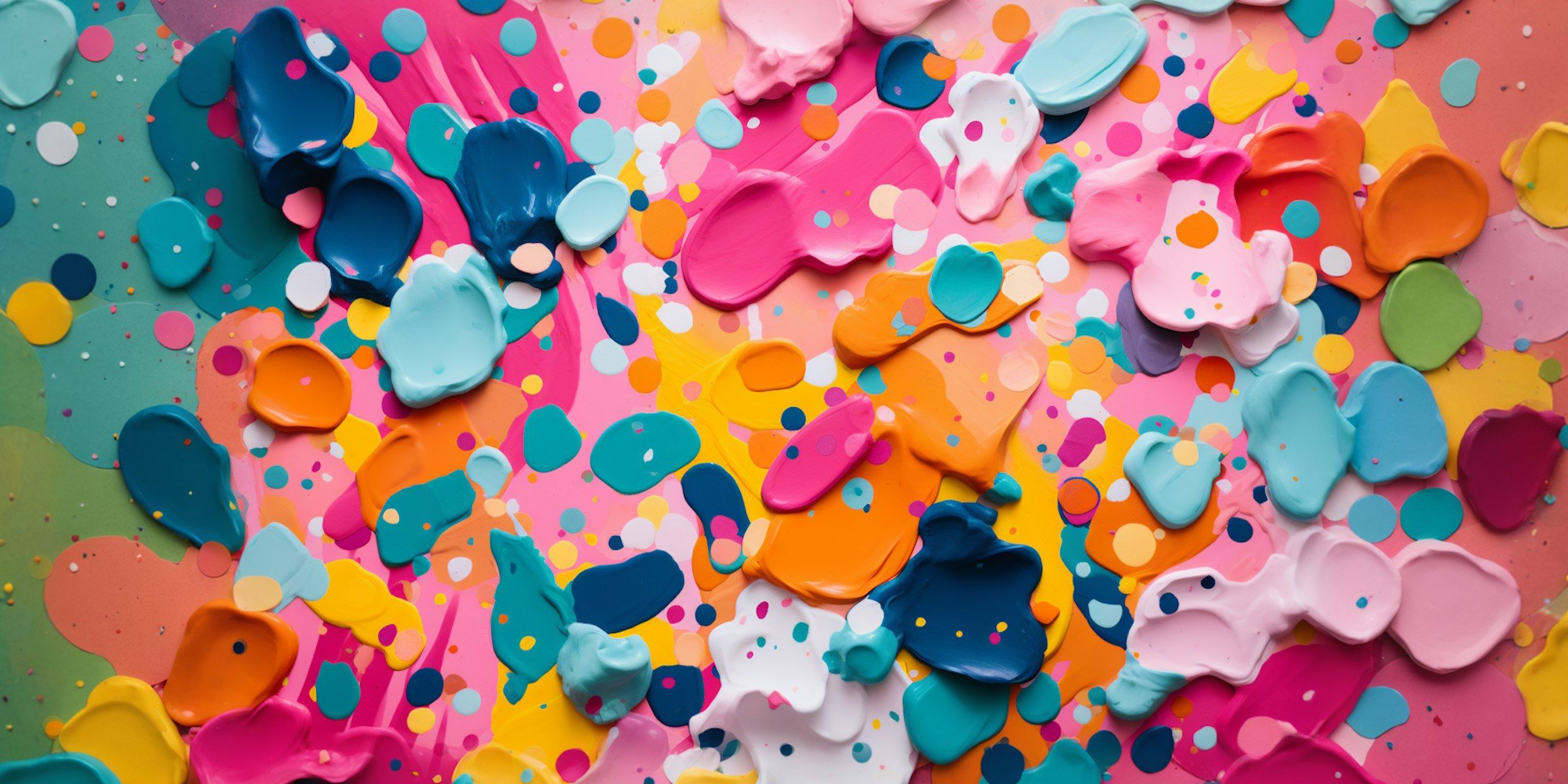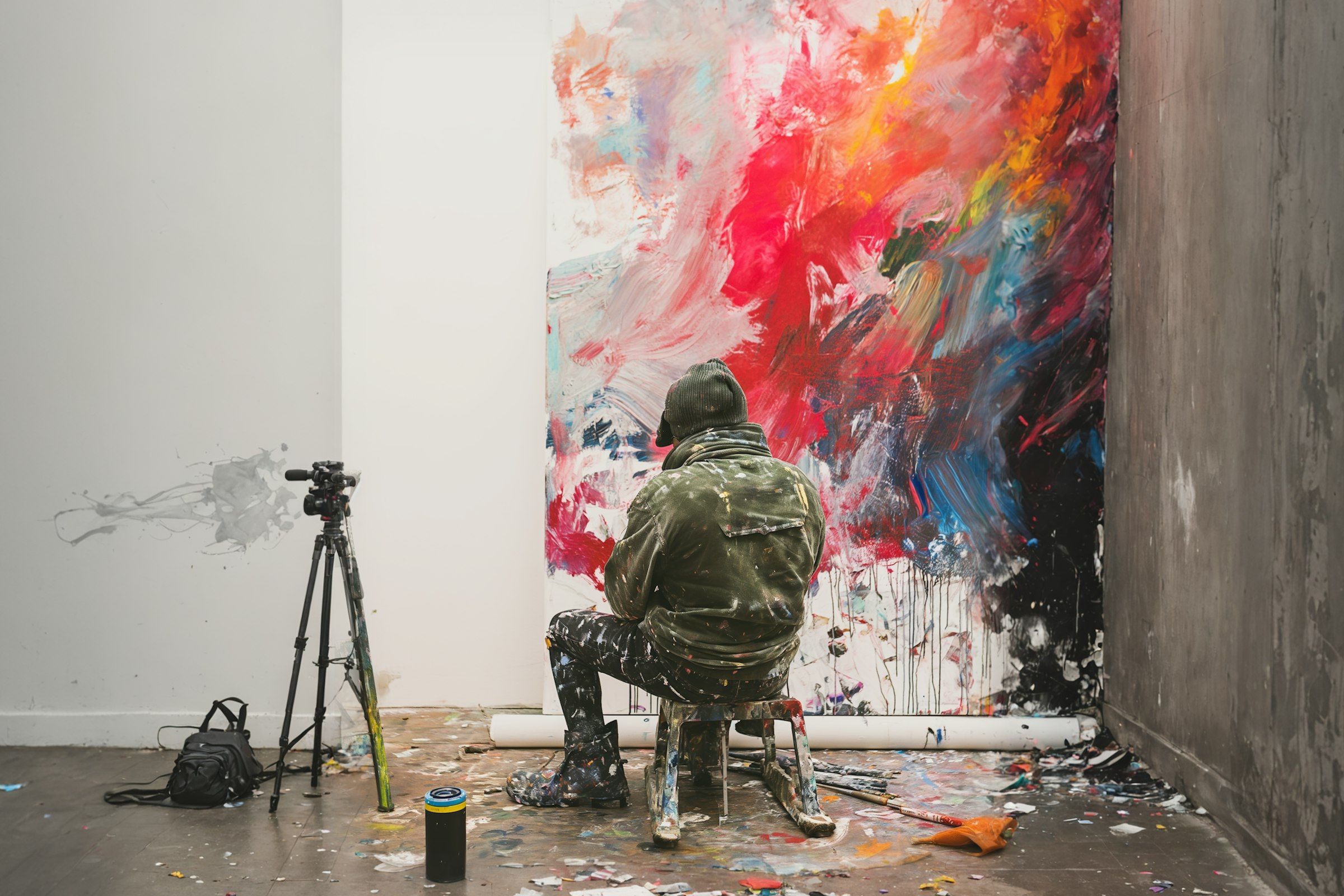How Colors Impact Visual Perception
Apr.2023
Read Article
↓
↓

How Colors Impact Visual Perception
Color isn’t just a visual choice—it’s a psychological one. It shapes how we feel, how we focus, and how we make decisions. In design, color is one of the most immediate and powerful ways to communicate meaning, emotion, and hierarchy.
Color can guide attention, build recognition, and even influence behavior. Used poorly, it can create confusion, disconnection, or distrust. That’s why understanding the impact of color on perception isn’t just an aesthetic concern—it’s a strategic one.
Here are three key ways color influences how we see, feel, and interact with design.
01 Color Communicates Emotion Instantly
Color sets the emotional tone before we read a word or click a button. Warm tones (reds, oranges, yellows) create urgency, energy, and warmth. Cool tones (blues, greens, purples) evoke calm, trust, and stability.
These associations aren’t random—they’re deeply embedded in human psychology and culture. A deep blue might signal professionalism and reliability. A vibrant yellow might suggest optimism or innovation.
That emotional imprint happens fast, often subconsciously. The right palette doesn’t just decorate a design—it directs how someone feels about it.
02 Color Creates Visual Hierarchy
Color is a tool for focus. It can draw attention to the most essential part of a layout or create contrast between elements. In interfaces, it tells users where to click, what’s active, and what matters.
By controlling contrast, designers can build rhythm and flow, guiding the eye without overwhelming it. A bold accent color can be used to highlight a CTA, and muted tones can recede into the background, creating balance and breathing room.
When hierarchy is built with color, the design becomes intuitive. The user doesn’t have to think about what to do next—it makes sense.
03 Color Shapes Brand Recognition and Memory
Think of some of the world’s most recognizable brands. Chances are, you remember their colors as much as their logo. That’s because color, when used consistently, becomes identity.
A signature palette builds familiarity. Over time, it trains the eye and builds associations. And when that association aligns with a brand’s values—calm, luxury, playfulness, precision—it reinforces the emotional experience every time someone interacts with it.
Color becomes a visual shortcut for trust, credibility, and memory.
Color is more than a design element. It’s language. It speaks before we do. It influences how we interpret, feel, and act without explaining itself.
The more intentional the use of color, the more influential the design becomes.
SHARE ARTICLE



